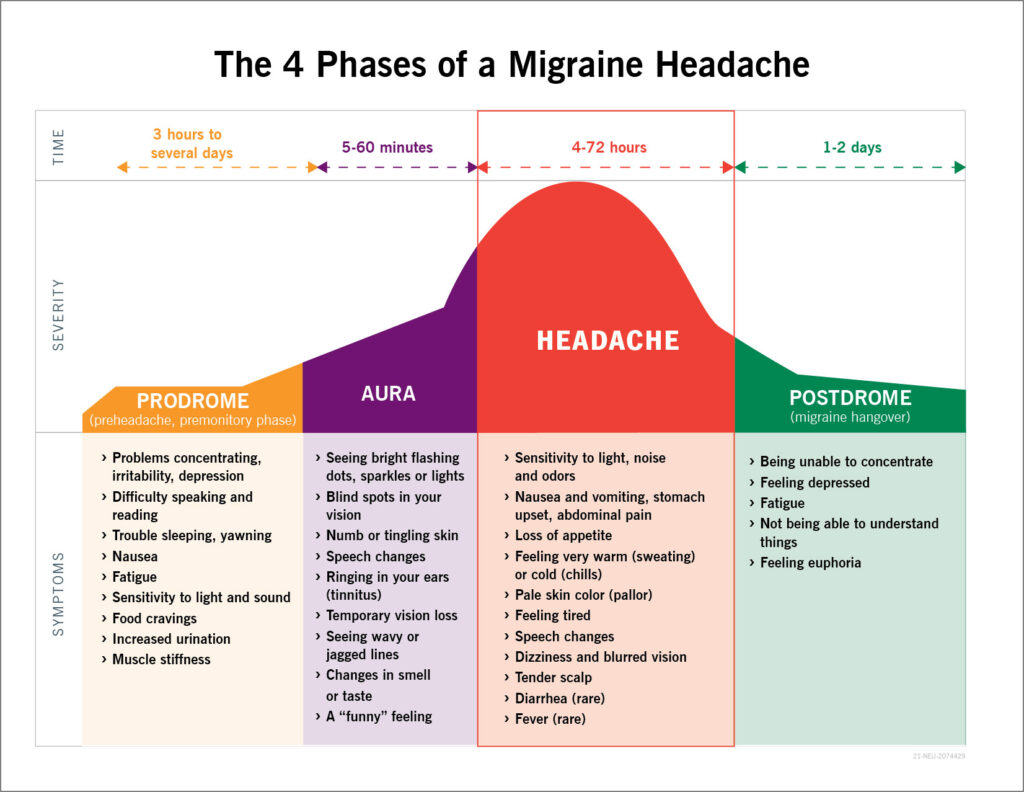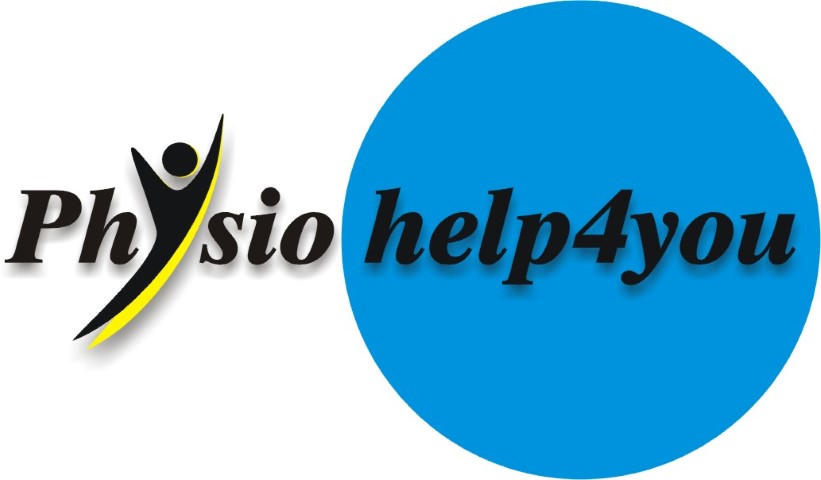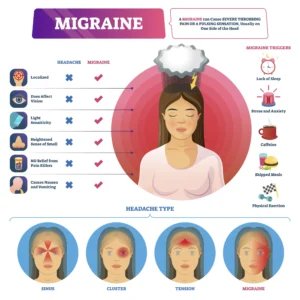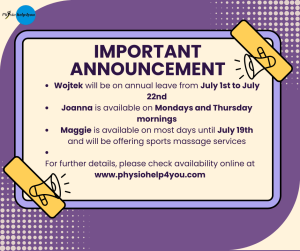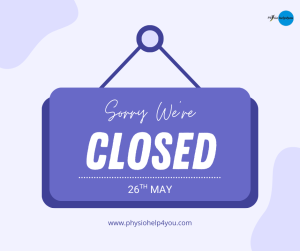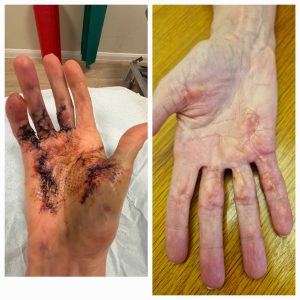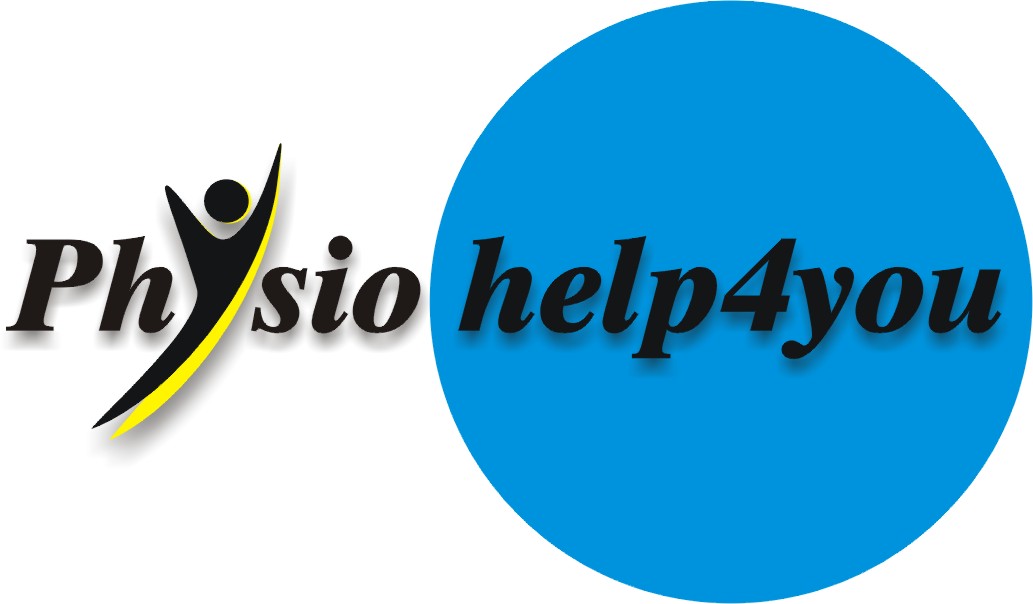MIGRAINE- YES! WE CAN HELP
Migraines are a chronic form of headache affecting millions of individuals worldwide. They are not just severe headaches but are considered a neurological disorder that can significantly impact a person’s daily life.
Approximately 40,000 people seek medical assistance from general practitioners (GPs) for migraines. According to the World Health Organization (WHO), migraines are the third most prevalent medical condition globally and the second most disabling neurological disorder. This highlights the significant burden migraines place on individuals and healthcare systems.
Migraine pain is typically characterized by a pulsing, throbbing, or banging sensation in the head. The pain can occur on one or both sides of the head, and the intensity can vary from moderate to severe.
Many people who suffer from migraines find relief by staying in very quiet and dark rooms until the headache subsides. This is because sensory stimuli, such as light and noise, can exacerbate the pain. Some individuals choose to manage their symptoms with painkillers, although the effectiveness can vary.
Migraines can last anywhere from 4 to 72 hours. While some people experience them infrequently, others may suffer from migraines daily over several days or weeks. This variability can make managing migraines particularly challenging for many individuals.Understanding migraines is crucial for developing effective strategies to alleviate their impact and improve the quality of life for those who suffer from this debilitating condition.
How We Treat It
To effectively manage and treat the condition, a comprehensive approach is essential. Here are some of the key treatment methods:
Acupuncture involves the insertion of fine needles into specific points on the body to alleviate pain and improve bodily functions. It can be particularly beneficial in reducing tension and pain in the face and neck areas.
This technique focuses on gently moving and stretching the muscles in the face to relieve tension and improve mobility. It helps in reducing stiffness and discomfort in the facial area.
Manipulation techniques target the jaw joint to improve alignment and relieve pressure. This can decrease pain and improve the range of motion in the jaw.
Soft tissue mobilisation involves massaging and manipulating the neck muscles to release tension and improve circulation. This treatment helps in reducing neck pain and stiffness.
Specific exercises are designed to strengthen and improve the flexibility of the muscles involved. These exercises can help in maintaining long-term relief and preventing future discomfort.
Providing patients with thorough advice and education about their condition and treatment options empowers them to participate actively in their care. Understanding the condition can also reduce anxiety and improve outcomes.
Developing a plan to gradually reduce the reliance on migraine medication can help avoid side effects and medication overuse headaches. This plan should be personalized and conducted under medical supervision to ensure safety and effectiveness.
